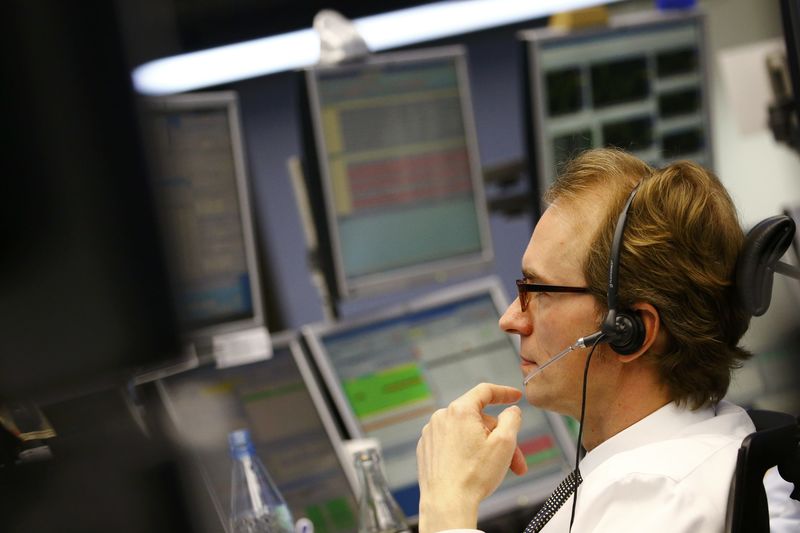One & One Green Technologies stock soars 100% after IPO debut
Investing.com -- S&P Global Ratings has revised its outlook for Volvo (OTC:VLVLY) Cars from stable to negative due to difficult market conditions. The ’BB+’ rating for the automaker has been affirmed. Factors such as U.S. import tariffs, potential changes to electric vehicle tax credits, a 2027 sales ban on cars by Chinese-controlled automakers, and increased competition in China are expected to hinder Volvo Cars’ growth prospects for 2025-2027.
The company’s profitability and cash generation after investments are anticipated to face pressure in 2025-2026. This pressure could be slightly relieved by a substantial cost reduction program which is expected to impact the group’s EBIT from 2026.
Among EMEA-based original equipment manufacturers, Volvo Cars is likely to be the most impacted by U.S. trade tariffs. Volvo Cars’ sales in the U.S. accounted for a significant 16% of the company’s global sales in 2024. With the exception of one model, the EX90 produced in Charleston, the rest of their cars are imported and thus subject to import tariffs. If U.S. import tariffs are set at 25%, Volvo Cars’ reported EBIT could be affected by SEK 6 billion-SEK7 billion in 2025 or SEK 10 billion on an annual basis, representing approximately 40% on average of pre-tariff adjusted EBITDA for 2025 and 2026.
Despite potential mitigation efforts, profitability and cash flow generation are expected to significantly deviate from previous projections. Adjusted EBITDA is expected to decrease to 5.1% in 2025 from 6.4%, down from 7.8% in 2024. Free operating cash flow (FOCF) is predicted to turn negative in both 2025 and 2026 as investments remain high.
In an effort to protect mid-term profitability and cash flow, Volvo has announced a SEK18 billion cost reduction plan. This includes a reduction in variable cost and indirect spending, as well as 3,000 redundancies across the group, making up 15% of the total office-based workforce globally. This will result in a one-time charge of up to SEK1.5 billion on the second-quarter 2025 financials.
The plan also includes measures worth SEK10 billion from the reprioritization of capital expenditure (capex) and optimized inventory management. However, these measures will not interfere with the goal to fill the capacity of the Charleston plant with another model, likely a conventional plug-in hybrid electric vehicle (PHEV), on top of the EX90 and Polestar (NASDAQ:PSNY) 3 produced for the U.S. and Europe.
Volvo Cars’ sales in China decreased by 8.1% in 2024 and 12% in the first quarter of 2025. The group’s battery electric vehicle (BEV) offering lacks momentum, especially compared to its parent Geely Group’s multi-brand offering. To counter this, Volvo is set to launch another long-range PHEV this year, before the arrival of the all-new full battery EX60 scheduled to hit the market next year.
The negative outlook on Volvo Cars reflects its large exposure to U.S. import tariffs and the increasing marginalization in the Chinese market, which are expected to put pressure on profitability and cash flow generation in 2025 and 2026, despite the mitigating action plan announced by the group.
S&P could lower its rating on Volvo Cars if it lowered its ’BBB-’ long-term issuer credit rating on its parent Zhejiang Geely Holding Group Co. (Geely). This could happen if the trade war worsened or if there was a significant erosion of Volvo’s market position in Europe and the U.S. beyond current base-case assumptions. The outlook could be revised to stable if Volvo Cars successfully delivered on its cost reduction and cash protection plan, reverting the drag on profitability and cash flow generation anticipated for 2025 and 2026.
This article was generated with the support of AI and reviewed by an editor. For more information see our T&C.
